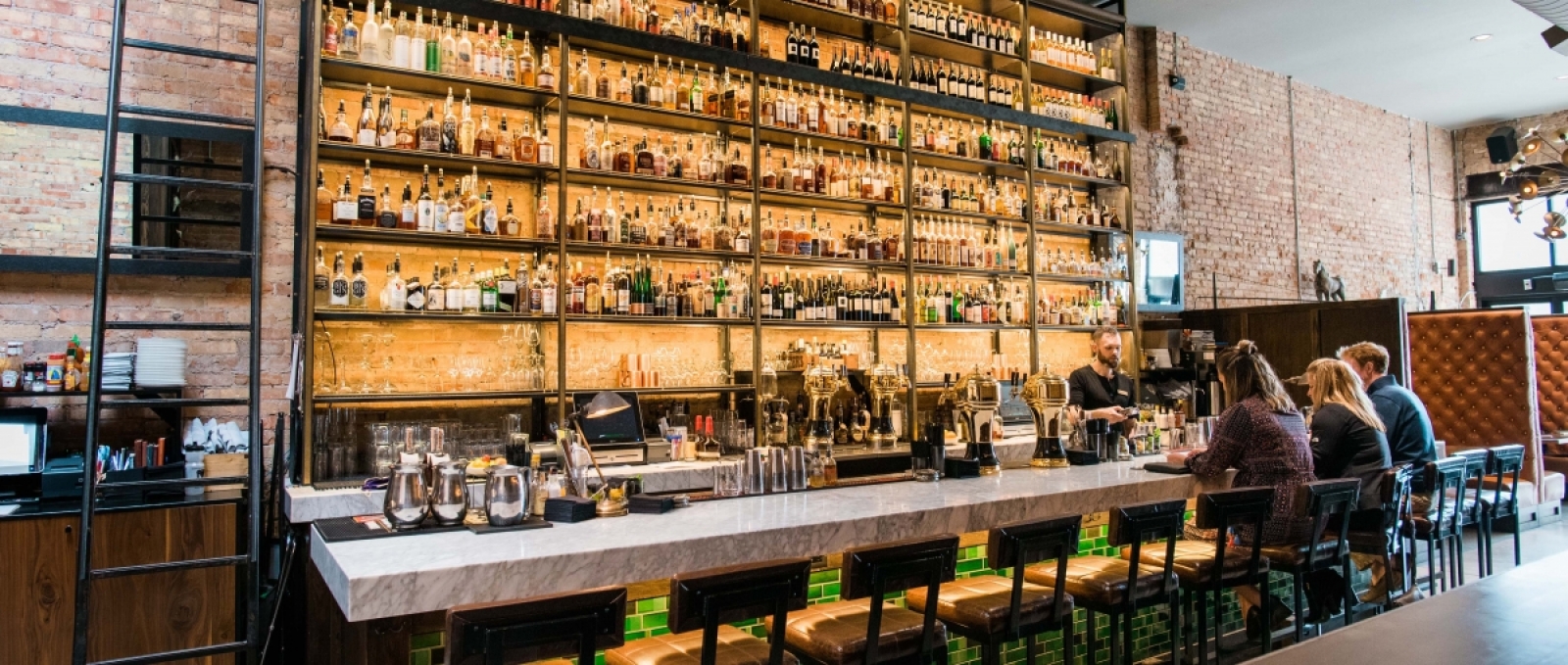Hosted 5-14-20 by Local First and Downtown Alliance
View the video of the discussion here
Key Takeaways and Comments:
Many establishments are open for business. To ensure everyone's health and safety, local practices include:
- Utilizing 3rd party delivery services, on-line ordering, and curbside pick up options
- Applying strict safety and cleaning protocols such as:
- Signage throughout highlighting safe social distancing and cleaning practices
- Directional travel-one way in, one way out
- Strict cleaning and sanitation practices
- Keeping logs for the health department that include temperature checks and sanitization practices.
- Taking employees temperature when arriving to work
- Utilizing QR codes, customers can simply scan the QR code and view the menu on their phone in lieu of paper menus
- Separating work spaces for employees to allow for social distancing
- Requiring employees and patrons to wear masks and providing them to those that arrive without one
- Creating plans to open dining, gathering, and venue areas at reduced occupancy.
Communication is key for both consumer and employee confidence. Local practices include:
- Including checklists with take-out orders that identify safety and sanitary practices taken while preparing orders.
- Communicating with employees all the steps taken to keep them safe at work.
- Respecting those employees that don’t feel safe to come back to work.
Some businesses are choosing to stay closed! Reasons are:
- Workspaces too small to accomodate safe social distancing practices
- Safe social distancing practices not practical or economically viable
- Bringing back furloughed employees too soon too risky and expensive
Personal Protective Equipment (PPE) is in high demand. PPE information:
- PPE Pushpack Program Launched to Help Small Business Jump Start COID-19 Transition
- PPE Resources and Vendor List
Some business owners advocate for sealed “to-go” cocktails. Reasons include:
- Businesses sitting on expensive inventory and no ability to recoup costs
- Offering sealed cocktails with take out orders is an opportunity for increased sales
Comments from business owners regarding Paycheck Protection Program (PPP), and bringing back employees include:
- Round 2 of PPP funding was deposited Wednesday, so now we’re figuring out how to get employees back to work which is challenging.
- We applied for the PPP for the second time and received word recently that we got it. I’m still hearing various concerns on the PPP from our accountant, lawyers and bankers so we plan to hold off dipping into it for the time being. Pre-Covid we had 16 on staff and have 8 willing to come back to work should we open on the date we had in mind.
- Extension of the 8 week PPP use to 16+ weeks would be very helpful. Having to reach the 75% + rehiring the equivalent of FTE is impossible when the health department has criteria that limits us to less than 40% capacity — IF we were to reopen we would incur the extra PPE costs. Most importantly, the customer confidence is at about 19% for dining in. We furloughed 64 ppl on March 17th.
Re-Opening Round Table Discussion with Salt Lake City Independent Breweries & Distilleries.
Hosted 5-14-20 by Local First and Downtown Alliance.
View the video of the discussion here
Breweries and Distilleries are taking safety precautions seriously. Local practices include:
- Tours, tastings, and purchasing- By appointment only- some plan to keep this practice on-going
- Frequent sanitization practices
- Providing PPE to employees and customers
- Those with seating are strategizing on safe reopening practices.
- Some suggested it as a safe option for those that don’t want to wait in line at the liquor stores
Notes:
Supply chains are compromised, ethanol and other products used in botanicals are in reduced supply due to market demand for hand sanitizer and plant closures internationally.
One business owner suggested that DABC practices are not friendly to local producers, and less-expensive national products are prioritized. Prioritized placement of cheaper products contributes to a drinking culture of overconsumption by adults and minors.




